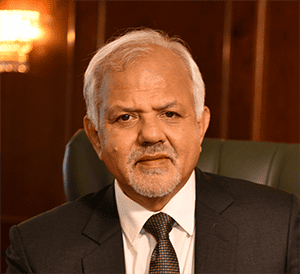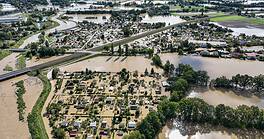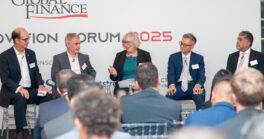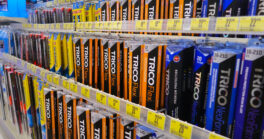Yandraduth Googoolye, governor of the Bank of Mauritius, talks about policy, global uncertainty and foreign direct investment.

Global Finance: What is your approach as a central bank to monetary policy? Do you think other African central banks should take your approach?
Yandraduth Googoolye: The Monetary Policy Committee carries out changes in the policy rate – the key repo rate (KRR) – to signal to the market its monetary policy stance. The decision of the MPC is made after a thorough review of key global and domestic indicators and weighing the risks to the growth and inflation outlook. During 2018, the KRR was left unchanged at 3.5% but at the August 2019 MPC meeting, it was cut by 15 basis points to a historically low level of 3.35% as a pre-emptive move against the risks associated with weakening global growth, in the context of low inflationary pressures.
African countries are not similar as each country faces unique conditions and challenges. Thus, there is no ‘one-size-fits-all’ approach regarding monetary policy. Where countries belong to a currency union, the exchange rate will continue to anchor monetary policy. In countries where institutional capacity remains very weak, building that capacity should be a priority.
GF: As governor of the central bank, what keeps you awake at night?
Googoolye: I would say that my most pressing concerns are about how we can best brace our island state in view of foreseeable challenges that stem from geopolitical happenings and digital revolution in the financial sector. The trade tensions between superpowers and their impact on the global economy, Brexit, potential risks of global recession as well as unknown unknowns are the things that keep me thinking.
GF: What interest are you seeing from international investors?
Googoolye: Foreign groups have shown interest in making inroads in the Mauritian banking industry in the past three years. As a testimony to this, two foreign banking groups of repute, namely Bank of China and Banque Centrale Populaire (BCP), have expanded in Mauritius. Whilst Bank of China established a subsidiary to conduct banking as well as private banking business in 2016, BCP acquired the local subsidiary of a foreign bank in 2018. Local banking groups are currently in pursuit of expansion in both domestic and foreign markets.
GF: Which economic areas are highly attractive for FDI? Where do investments come from?
Googoolye: Gross direct investment inflows were sustained in 2018, reaching an estimated $512 million. As in recent years, the real estate sector was the major recipient with inflows amounting to $267 million. Foreign investment was also scaled up in the financial sector, which attracted $126 million in 2018, reflecting to some extent Mauritius’ status as a competitive and sophisticated international financial center of substance that offers a suite of competitive financial products and services. The European continent has remained the major source of direct investment, with significant inflows originating from France and the UK and directed to the real estate sector. The same investment trend is expected in 2019 given the ongoing implementation of a number of projects, primarily in the real estate sector.
GF: What is your projection of economic growth in Mauritius?
Googoolye: The Mauritian economy is projected to grow at 3.9% in 2019 and 4% in 2020. A number of factors are expected to support the growth momentum, including sustained household consumption expenditure and appreciable contribution of key sectors such as construction, financial and insurance activities, real estate activities and accommodation and food service activities to real GDP growth.
However, the domestic growth outlook is subject to some downside risks, stemming mainly from lingering global economic uncertainty and subdued growth performance of our main trading partners, which can adversely impact on external demand.



